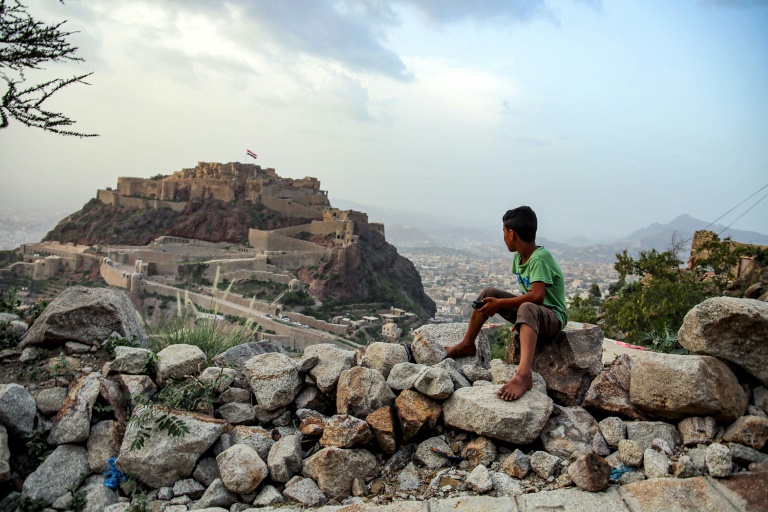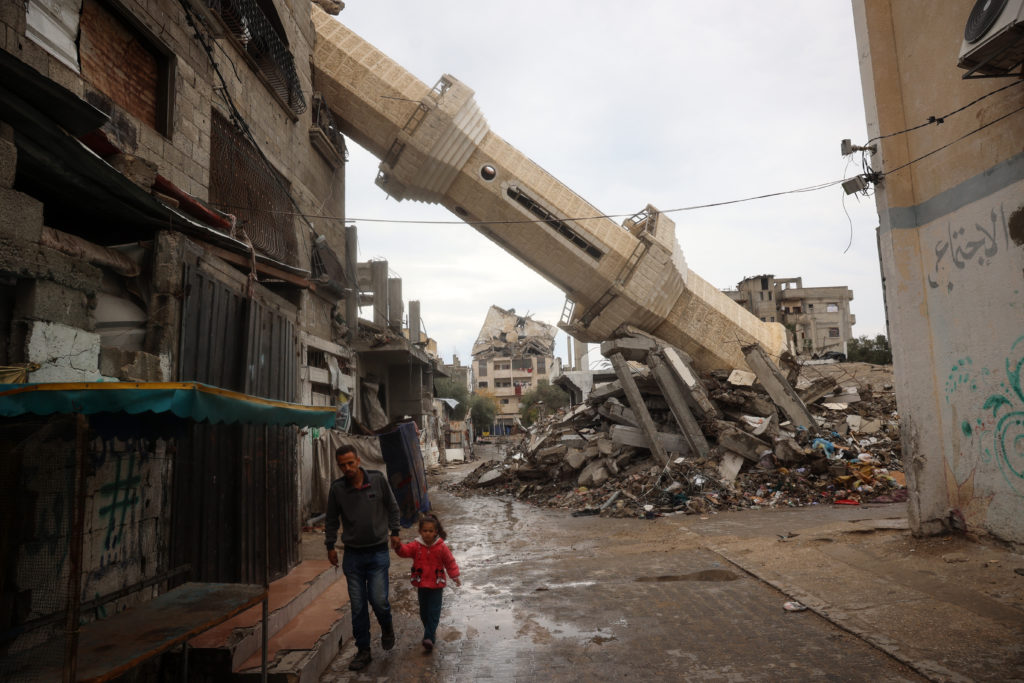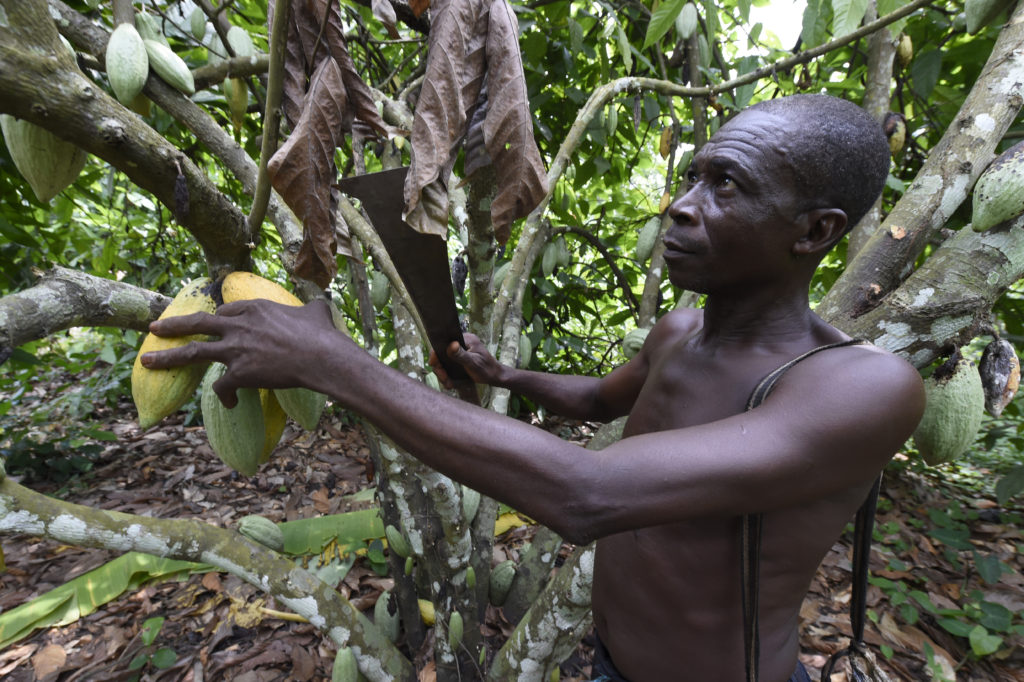In the courtyard of his modest home in Taez, a Yemeni town besieged by Huthi rebels, Fadel al-Sbei feeds two chickens to be slaughtered for Eid al-Adha, the Muslim festival of sacrifice.
The father of six earns just two dollars a day as a dispatch rider, meaning that the goat, mutton, camel and beef traditionally served at Eid are out of reach.
He is not alone, in a country where a grinding war has plunged the population into what the UN has labelled the world’s worst humanitarian crisis.
Many Yemenis live in extreme poverty and in Taez many have left the animal markets empty-handed because of spiralling prices, as the Yemeni riyal has plunged in all areas under government control.
“The situation is extremely bad,” Fadel told AFP.
“I went to the market to buy animals to sacrifice and everything was too expensive. I wasn’t able to buy anything.
“Sheep and goats sell for between 150,000 and 200,000 riyals ($150 to $200).
I had to buy chicken for the day of Eid,” lamented Fadel, who said they cost just 20,000 riyals apiece, all he could manage.
“Even clothes are extremely expensive and I couldn’t buy any.
Life is very difficult,” he said.
The Yemeni riyal hit its lowest level in more than seven years of conflict against the dollar this month in areas under government control. In such areas, one dollar buys more than 1,000 riyals.
– ‘People pay the price’ –
Taez, besieged since 2015, is one of the areas worst affected by the conflict which erupted in 2014.
Ringed by mountains and home to around 600,000 people, the town has been brutally bombarded by rebel forces.
“The prices are crazy, completely crazy,” said Taez resident Mohammed al-Sharaabi.
“We can’t buy goats because they cost between 150,000 and 200,000 riyals… This year it’s difficult to buy animals for sacrifice because of the suffocating crisis and the strength of the dollar and the Saudi riyal.
“We’re in a pitiful state.”
Five million people are on the brink of famine, while some 50,000 people in Yemen are living in famine-like conditions — the first time such critical levels of hunger have been reached in two years, according to the UN World Food Programme.
Food prices have jumped 200 percent compared to pre-war levels, with some 80 percent of Yemenis now dependent on international food aid, according to the WFP.
The war in Yemen began in 2014, with the fall of the capital Sanaa to Huthi rebels opposed to Saudi Arabia-backed forces loyal to the government.
The rebels, supported by Riyadh’s arch-rival Iran, now control a major part of Yemen’s north, including Sanaa.
Conflict has claimed tens of thousands of lives, according to humanitarian organisations, and displaced millions.
Yemeni economist Salem al-Maqtari warned of more dire consequences if the Yemeni currency continues its freefall.
“It’s the people who will pay the price,” he said.











